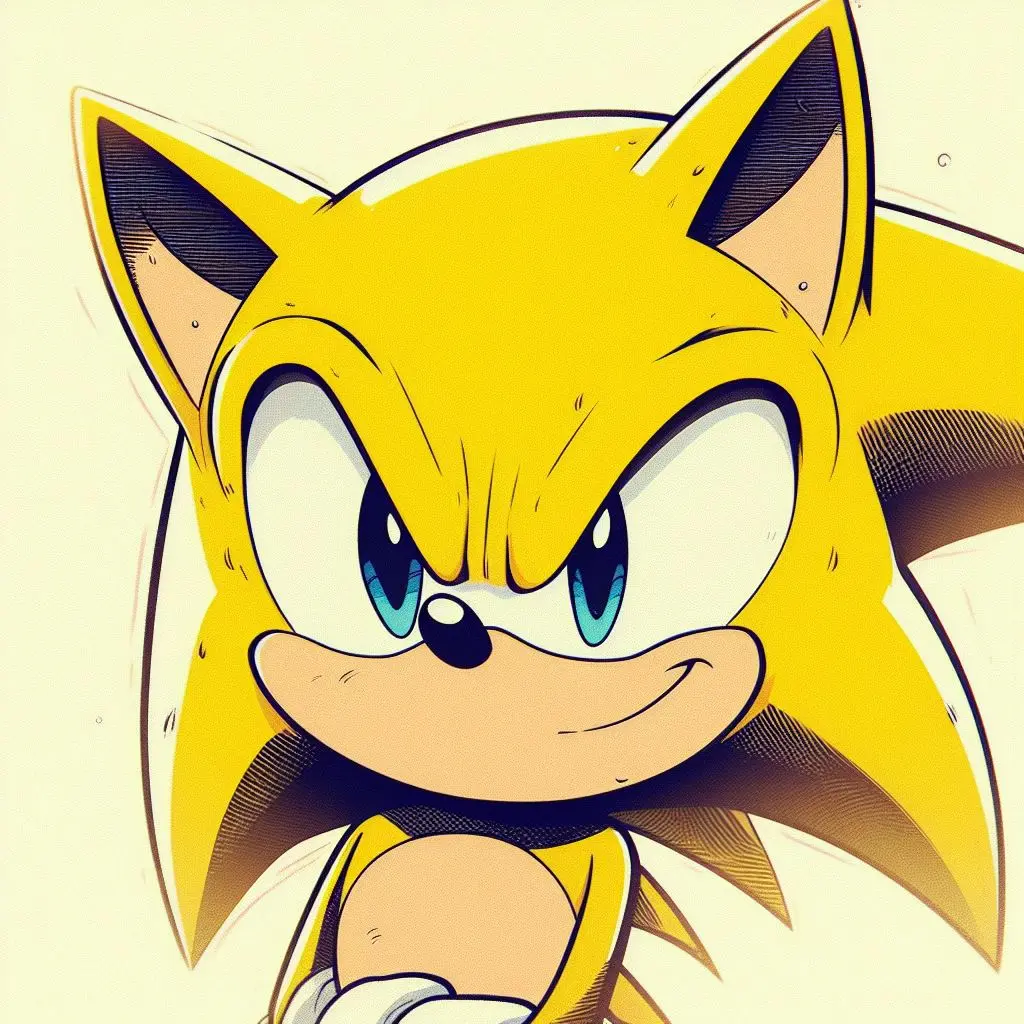Hi there fellow people,
I was building an Aurora Sofle_v2 and I may have screwed things up. I melted one of the RGBs with the soldering iron and in the process of trying to remove it the solder pad was removed as well
After that I tried to “fix” it a handful of times, and now I believe that the connectors might be gone =(
Is there a way for me to salvage this RGB? (Or perhaps to link the previous one with the following one on the chain, so at least it works for the others)
I was thinking of connecting things using cables, is this an option?
Update: Bodge wiring worked! I got some spare cable pieces I had laying around and soldered it to the board The back doesn’t look pretty, but at least it’s lighting up (except the last RGB where I accidentally soldered two pins together, after this I’m not going through the troubles to fix it)


If you can follow the removed pad up and expose the trace, you can solder a fine wire to it. 30AWG wrapping wire works well for that
i am seeing a lot of blobby solder joins. Use flux and enough heat.
I admit that my soldering skills are fairly limited, and I have a very basic soldering iron (I don’t know if I should upgrade to a better one, as I don’t have any use for it besides this keyboard)
It’s usually more an issue of technique than it is the tools. Does your iron have adjustable heat settings (they usually do)? Make sure you have that high enough. Additionally you need to hold the iron to the pads long enough for them to heat up and have the solder bond to them. If the pads aren’t hot enough even if the solder melts it won’t flow over the pad and make a good connection. Using flux is a must. Flux helps remove the layer of oxide and any foreign contaminants from the contacts allowing the solder to flow and bond easily as well.
The easiest way to tell if the pad is hot enough is the solder will flow across it instead of staying balled up.
Ahh, things are starting to make more sense now hahahaha, I didn’t think we were supposed to heat the board, I always tried to heat the tin directly above the pads and let it flow down. Also, I don’t think the iron has adjustable temperature, I literally bought the cheapest one on the store (bad call on my end)

This is what the board currently looks like on my desk, I love it (even though the missing RGBs look silly hahahha)
Hello,
Feel free to crosspost to [email protected] for wider reach
Conceivably it should work, but I’m afraid this one got away from you a little bit, and I can’t quite tell where the traces would need to go to bridge them with wire. Are you using an open source PCB where you could examine the schematic.
Not judging, by the way. Half the reason I build my own boards is because of how annoyed I got with myself after failing to repair the spacebar on an FL-Esports 1800 and eventually lifting a pad. That board ended up supplying hotswap sockets to two others and was eventually re-wired to see if I would could do a board that big and if I might like red switches. For the record, “Yes I could,” and “No I don’t.” I still have cold joints sometimes, but I generally spot them before I declare a project done.
Someone in [email protected] suggested a bodge wire, that’s what I’ll look into when I have more time (instead of relying on PCB traces) Given how much I already damaged the board (as seen in the picture), I hope this will be a safer method


